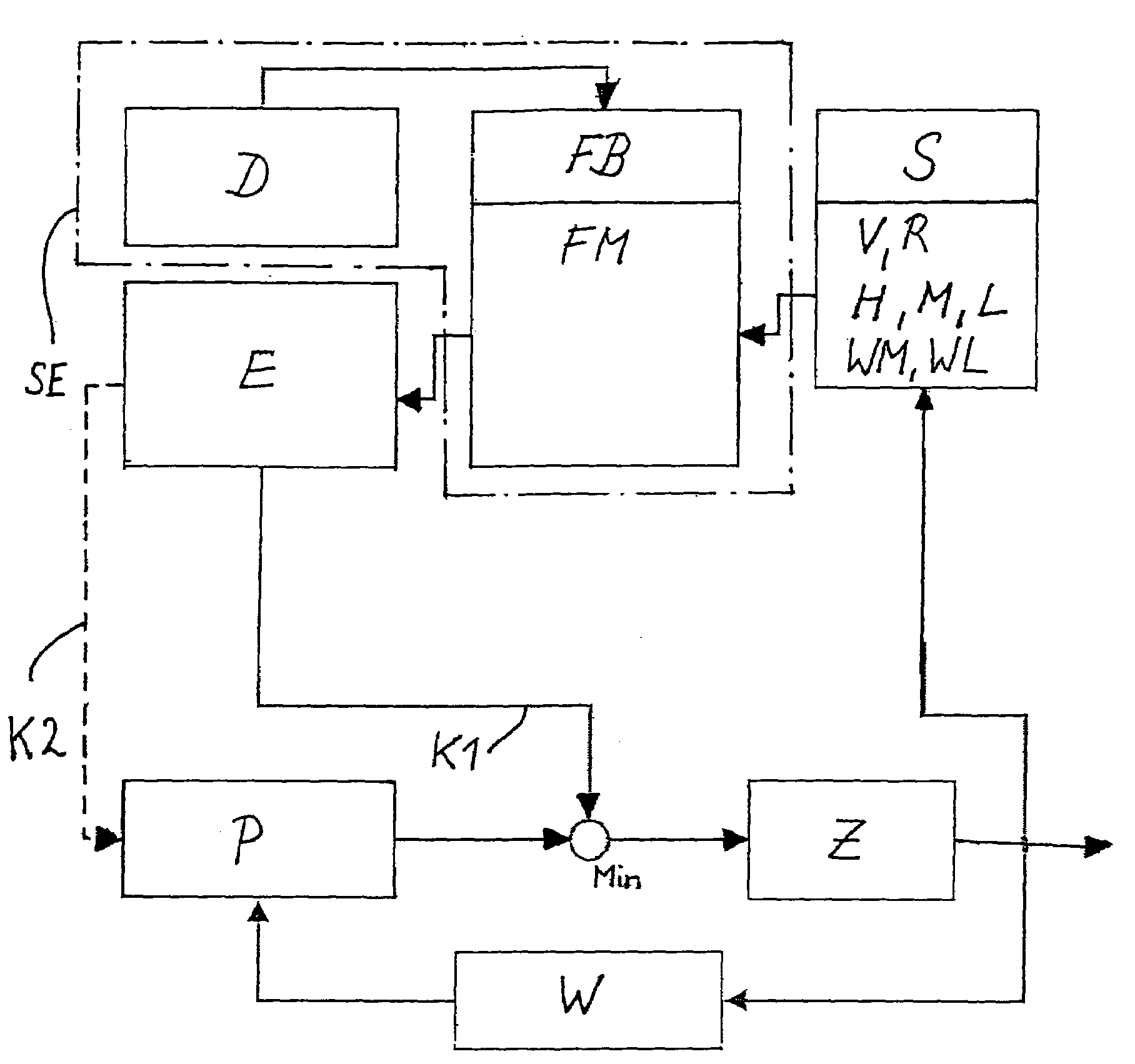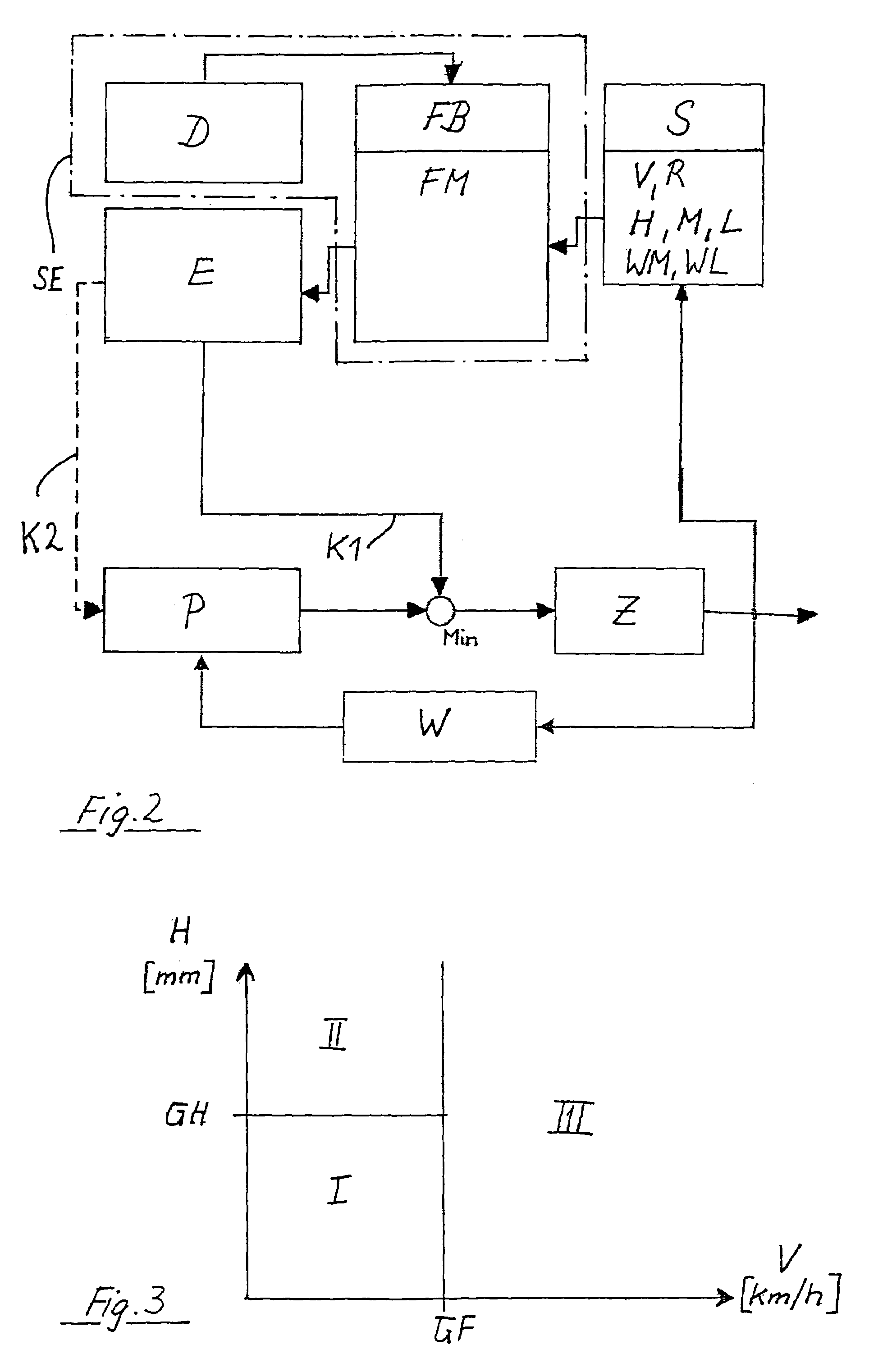Industrial truck having increased static or quasi-static tipping stability
a technology of static or quasi-static tipping stability and industrial trucks, which is applied in the field of industrial trucks, can solve the problems of reducing the starting acceleration and/or driving speed already achieved, and speed is reduced to zero
- Summary
- Abstract
- Description
- Claims
- Application Information
AI Technical Summary
Benefits of technology
Problems solved by technology
Method used
Image
Examples
Embodiment Construction
[0027]The industrial truck shown in FIG. 1 is in the form of a forward-control counterweight fork-lift truck. A load-lifting device 1 arranged on the vehicle front is formed by an extendable lifting mast 1a and a height-adjustable load carriage 1b on the lifting mast 1a having fork prongs 1c suspended in the load carriage 1b. With the aid of the fork prongs 1c, load goods of a variety of types can be lifted and transported.
[0028]The lifting mast la can be tilted about a horizontal axis arranged transversely in the lower region. Of course, it is also possible for a rigid, i.e., non-tiltable, lifting mast to be provided and, instead, the load carriage to be designed such that it is not only height-adjustable but is also tiltable, as is often the case, for example, with so-called warehousing devices (for example reach trucks). Other load-receiving devices may also be fixed to the load carriage 1b, depending on the intended use. It goes without saying that, in principle, additional move...
PUM
 Login to View More
Login to View More Abstract
Description
Claims
Application Information
 Login to View More
Login to View More - R&D
- Intellectual Property
- Life Sciences
- Materials
- Tech Scout
- Unparalleled Data Quality
- Higher Quality Content
- 60% Fewer Hallucinations
Browse by: Latest US Patents, China's latest patents, Technical Efficacy Thesaurus, Application Domain, Technology Topic, Popular Technical Reports.
© 2025 PatSnap. All rights reserved.Legal|Privacy policy|Modern Slavery Act Transparency Statement|Sitemap|About US| Contact US: help@patsnap.com



